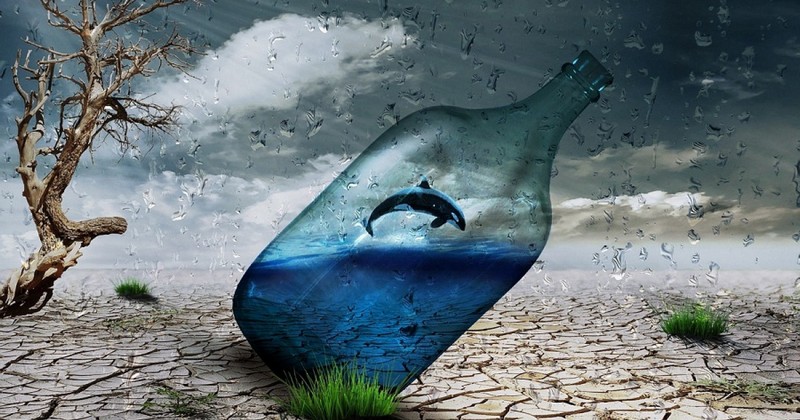Flow State (or Flow State): how to take your performance to the maximum

Have you ever experienced the Flow State?
The Flow State (or Flow State) occurs when we are so immersed in an activity that time seems to fly by and we enjoy the pleasure of each passing second. If you have ever experienced the Flow State, you will have noticed that you are so focused on what you are doing, that you forget about what is happening around you and you don't want that moment to end.
The term Flow (flow is introduced by Mihály Csikszentmiháyi and is related to creativity, talent and happiness, and is one of the basic pillars of positive psychology. For Mihaly Csikszentmihalyi (2009),
"Flow or Flow State is a subjective state that people experience when they are fully engaged in something to the extent of forgetting about time, fatigue and everything else except the activity itself."
How do we experience the Flow State?
The Flow State is felt in a pleasurable and liberating way, as we are immersed in an activity that stimulates our passions, curiosities, interests and our senses.curiosities, interests and our senses. We lose track of time and a very high state of creativity and productivity is produced. If you have ever experienced the Flow State, you will have noticed that:
- Attention is focused on the task and you experience a high degree of concentration.
- The activity is intrinsically rewarding.
- There is a pleasurable feeling related to what you are doing.
- You lose yourself in time
- The task is perceived as achievable and you think you are competent to perform it.
- You notice that you have control over the effort you make.
- The sensation of fatigue disappears
- The state of consciousness is almost automatic, it does not require effort.
Tips to bring you to the Flow State
The Flow State is related to well-being and happiness, since it is the pleasurable activities that make us feel special and happy with our life.
Following the contributions of Mihaly CsikszentmihalyiHere are some tips to help you flow and reach the optimal state in which your task will become something very rewarding.
1. Do something interesting
The state of Flow appears naturally when there is intrinsic motivation or you are curious about the activity you are doing. To increase productivity and creativity in what you are doing, you must enjoy what you are doing.
2. Set clear and achievable goals for yourself
The objectives you set for the activity must be specific and achievable. If you can get the objectives in that activity to be in tune with your in tune with your skill level, you may be able toyou may be able to flow during the performance. On the other hand, if the goals you set for yourself are so difficult that they require you to overexert yourself, then it can be stressful.
It must be understood that if the task you are going to perform does not represent any degree of difficulty, it is very likely that you will get bored. The key is that there is an appropriate level between the motivation for the task and the ability to perform it.
3. Find a quiet time and avoid distractions.
For many people, a quiet place is better for inducing a state of Flow. In this way, it is easier to be free of distractions and enjoy the moment in its entirety. Continuous interruptions are not conducive to a state of fluency. If you want to be more productive, you can identify the time of day when you perform best. the time of day when you perform best.. Some people work best in the morning, others in the afternoon and others in the evening.
4. Stay focused for as long as you can
Once you have found that quiet time with no distractions, try to stay focused on the task at hand, try to keep your attention on the task. Sometimes, especially if you are practicing an activity for the first time, it is normal that you may not be focused for very long. As you master the activity, you will have more time to enjoy it. On the other hand, you should pay attention to physiological needs (such as eating, going to the bathroom, drinking, etc.) because they interfere with your level of attention. Therefore, it is important to cover these needs to favor the Flow State.
5. Your skill level should match the difficulty of the task.
If our skill level is in tune with the activity we are doing, the more enjoyable it will be. In other words, if we are well prepared to do something, we are more likely to experience the Flow State.. But adding a little bit of difficulty to the task can keep our motivation level high. The problem arises when the task is too big for us, then it is no longer enjoyable.
6. Focus on the process, not the result.
The Flow State is related to the accomplishment of the task, not the outcome.. An attractive result can also be motivating, but what is really important is to enjoy what you are doing. The Flow State refers to having fun in the present, i.e., getting lost in that moment of happiness.
Bibliographical references:
- Csikszentmihalyi, M. (2009). Flow. Emociones positivas (181-193). Madrid: Ediciones Pirámide.
(Updated at Apr 13 / 2024)